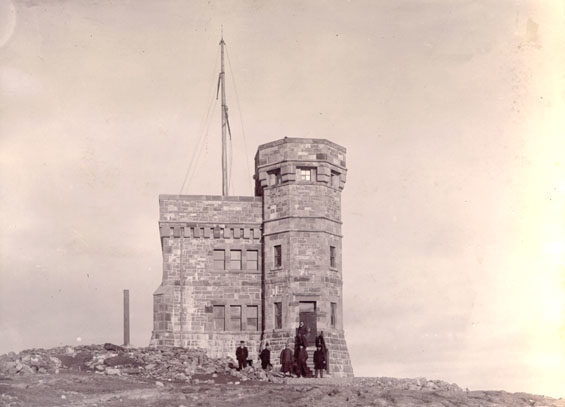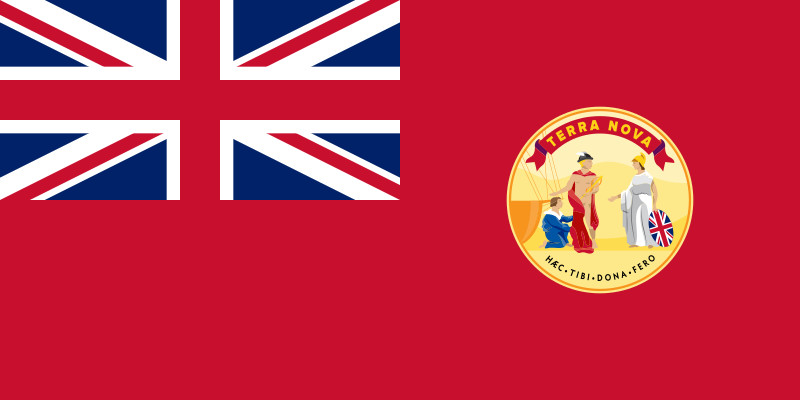Introduction
Guglielmo Marconi’s role in communications history is undeniable. By 1901, wireless technology had improved greatly. The science had been tested and the machines had been invented—but the wider public didn’t know about it. Hearing a series of three clicks on a radio may not seem like much, but it was this event that grabbed the attention of people all around the world.
Newfoundland and Labrador was a very different place in 1901. Most communities had no electricity and a telephone was still a new addition to people’s homes. At the time, what is now the province of Newfoundland and Labrador was actually the Colony of Newfoundland (by 1907, the Dominion of Newfoundland). Newfoundland and Labrador would not join Canada until 1949.
Geographically, Newfoundland and Labrador were in a very important area. Located on the easternmost edge of the continent, the colony played a large role in sea travel. It was a first stop for ships coming west from Europe. It was also in a prime location for transatlantic trade. But with a rocky coastline, unpredictable weather, and unforgiving seas, travel by ship was perilous even on a good day.
The colony needed to find a way to make seafaring safer. With his new wireless radio technology, Marconi was just the man to help do that.
This exhibit takes a deeper look at Marconi’s work, the wireless stations his company built along the coasts of Newfoundland and Labrador, and what they meant for the people of the colony.



